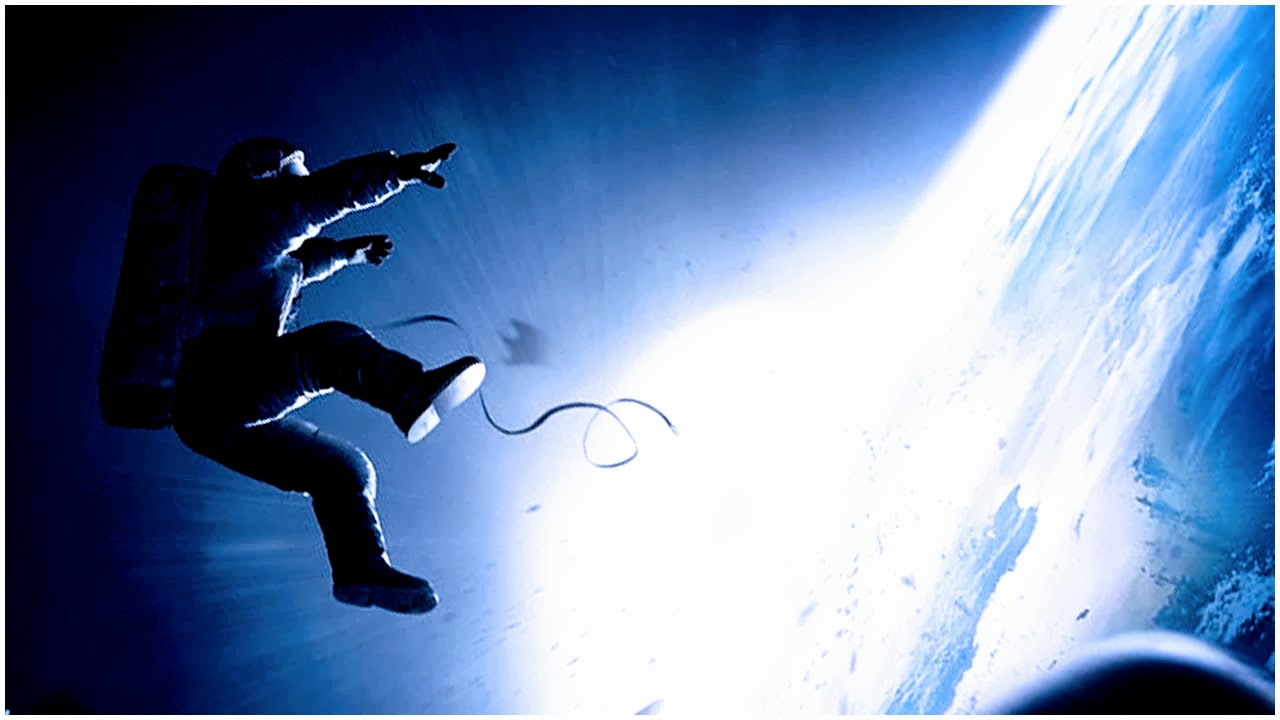

Believe me when I say it was one of those sights you never, ever want to see while in an airplane. What I saw was astounding: We were plunging nose-first toward the ground.
#No gravity experience windows#
During one of my more recent parabolic flights, I happened to catch a view out of the aircraft's front windows while we were weightless.

The Falcon 20 does not have a cockpit door separating the pilots from the rest of the crew. We weren't going straight up, but the climb was far steeper than I ever would have imagined. Looking out the window didn't make me sick, but I was amazed by just how steep the climb was. Despite the warning, I took a chance and looked out the window during a parabola. The first time I did a parabolic flight on the Falcon 20, someone told me to avoid looking out the windows during the parabolas because it can make you sick. As you have probably already guessed, the Falcon 20's windows are not covered. I didn't think much more about the aircraft windows until I started doing a lot of parabolic flights aboard a Falcon 20. Takeoffs and landings feel a bit weird because you can't see outside, but someone told me early on that the windows had been covered to make zero gravity easier to tolerate. That aircraft does not have any windows except on the emergency exit doors and in the cockpit, which you can't see from the passenger area. One of those is a Boeing 727 that is used for space tourist flights (which give the average person a chance to see what it is like to be weightless) and for NASA research flights. Most of the microgravity work that I have done has been on two different aircraft. In fact, during parabolic flights, we take a short break after every six parabolas so the pilots can do something with the aircraft's oil (I don't know the specifics, just that the task is required when the airplane is used for parabolic flight).Īnother thing that really surprised me about working in zero gravity is the weird things that can happen when you look out the windows. It presumably turns into a free-floating mass rather than collecting at the bottom of the fuel tank as it normally would.Įven though I don't know all of the specifics, I have been told that the jet in which I have done most of my parabolic flights had to be extensively modified to cope with these types of effects. Just imagine what happens to the fuel inside the aircraft's fuel tanks. Free-floating water, for example, looks a lot like a bubble. When liquids are weightless, they take on a spherical shape. That includes things like the aircraft's fuel and oil. As I said, everything in the aircraft becomes weightless during parabolic flight. The result is that everyone and everything onboard the airplane is weightless.Įven though the basic concept of parabolic flight is really simple, there are several things about parabolic flight that really surprised me, especially early on.įor example, I had never really stopped to think about the effect of zero gravity on the aircraft itself. The only way to create true zero gravity conditions on earth is through parabolic flight, which involves flying large, vertical arcs aboard an aircraft that is affectionately known as the " vomit comet." The downhill portion of the parabola (arc) is flown so you are descending at the same speed as gravity, effectively canceling out gravity's effect. By far the best part of training to go to space has been the opportunity to spend a lot of time working in zero gravity.


 0 kommentar(er)
0 kommentar(er)
